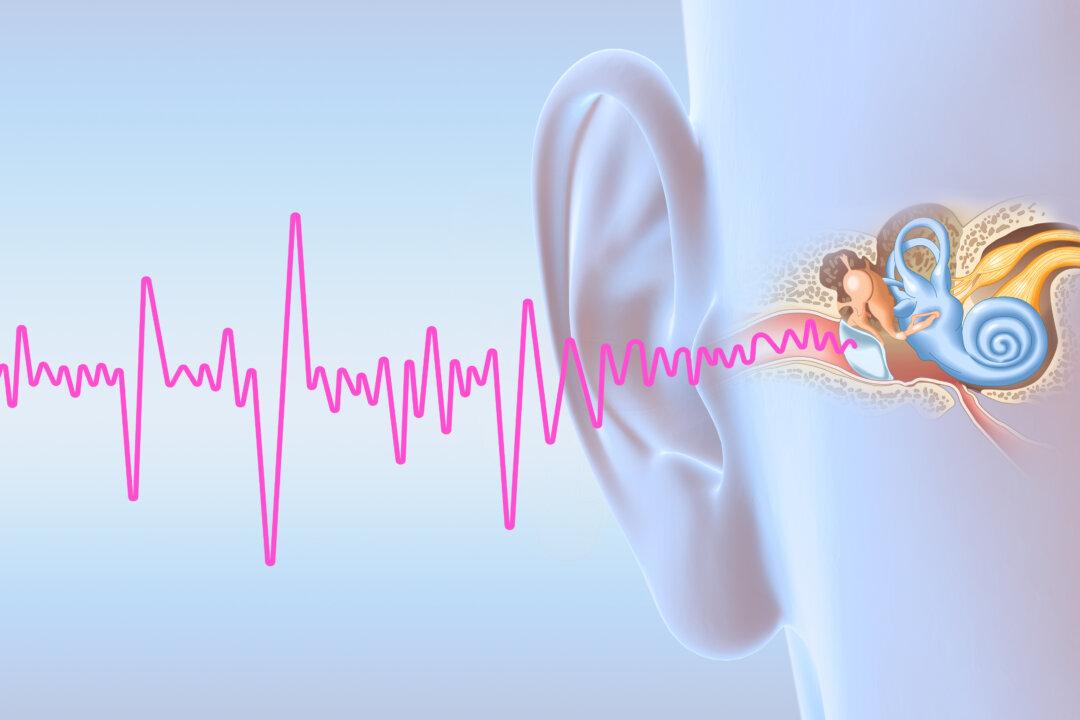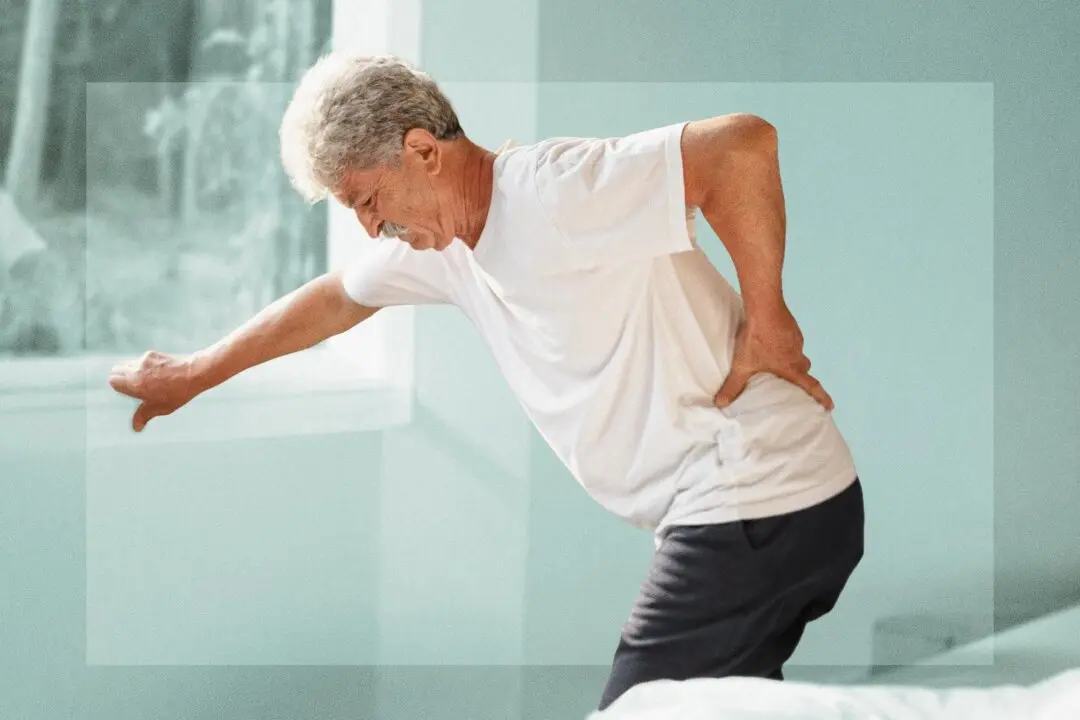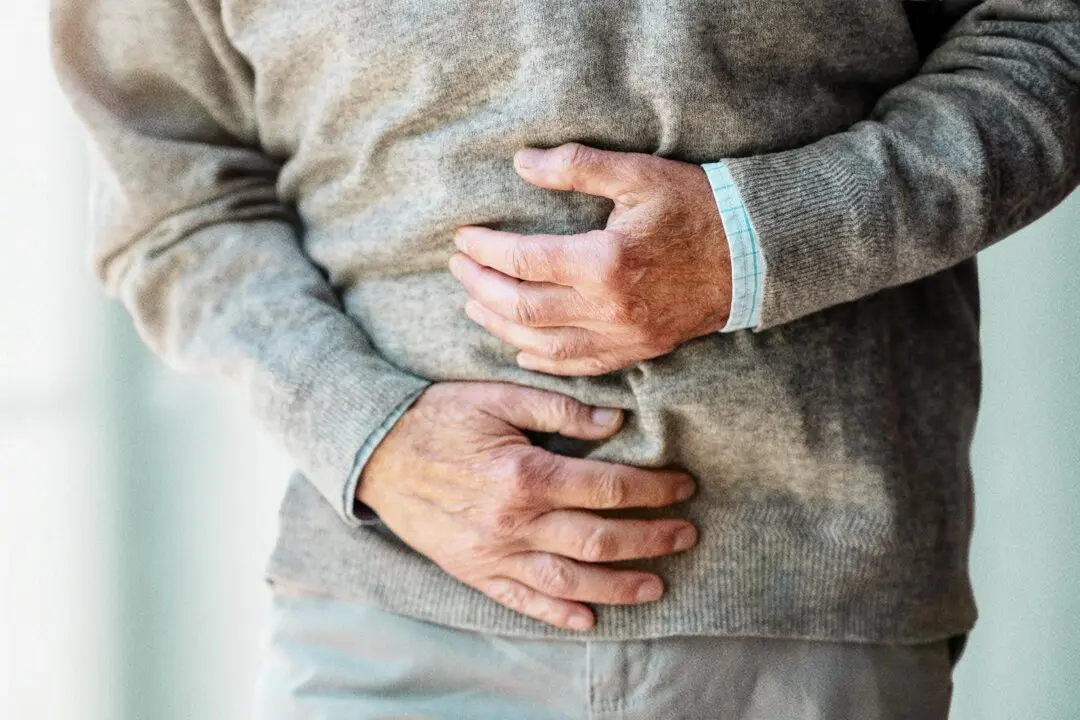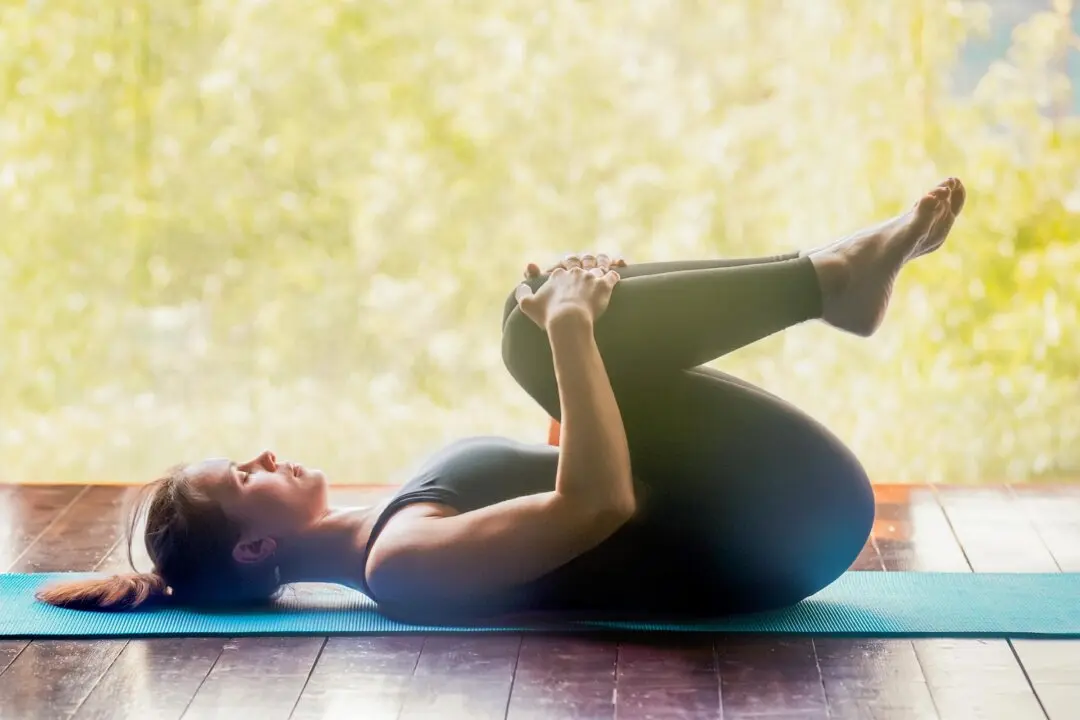A 58-year-old woman had been deaf in her left ear for 18 years. And this had greatly affected her life and ability to work. She had consulted many doctors and tried many types of treatment to no avail. Just when she fell into despair, she was referred to Dr. Gwo-Bin Wu, director of Xinyitang Chinese Medicine Clinic. The latter treated her deafness with acupuncture and Chinese herbal medicine. After a while, 70 percent to 80 percent of her hearing gradually recovered, and she almost cried with joy.
Tinnitus and deafness are common problems among the elderly. Nowadays, young people often listen to music and watch videos with headphones, or are constantly in a noisy environment, so they have become prone to tinnitus as well. In this article, Dr. Wu will teach us five exercises to improve tinnitus and deafness, and make our hearing more sharp.






